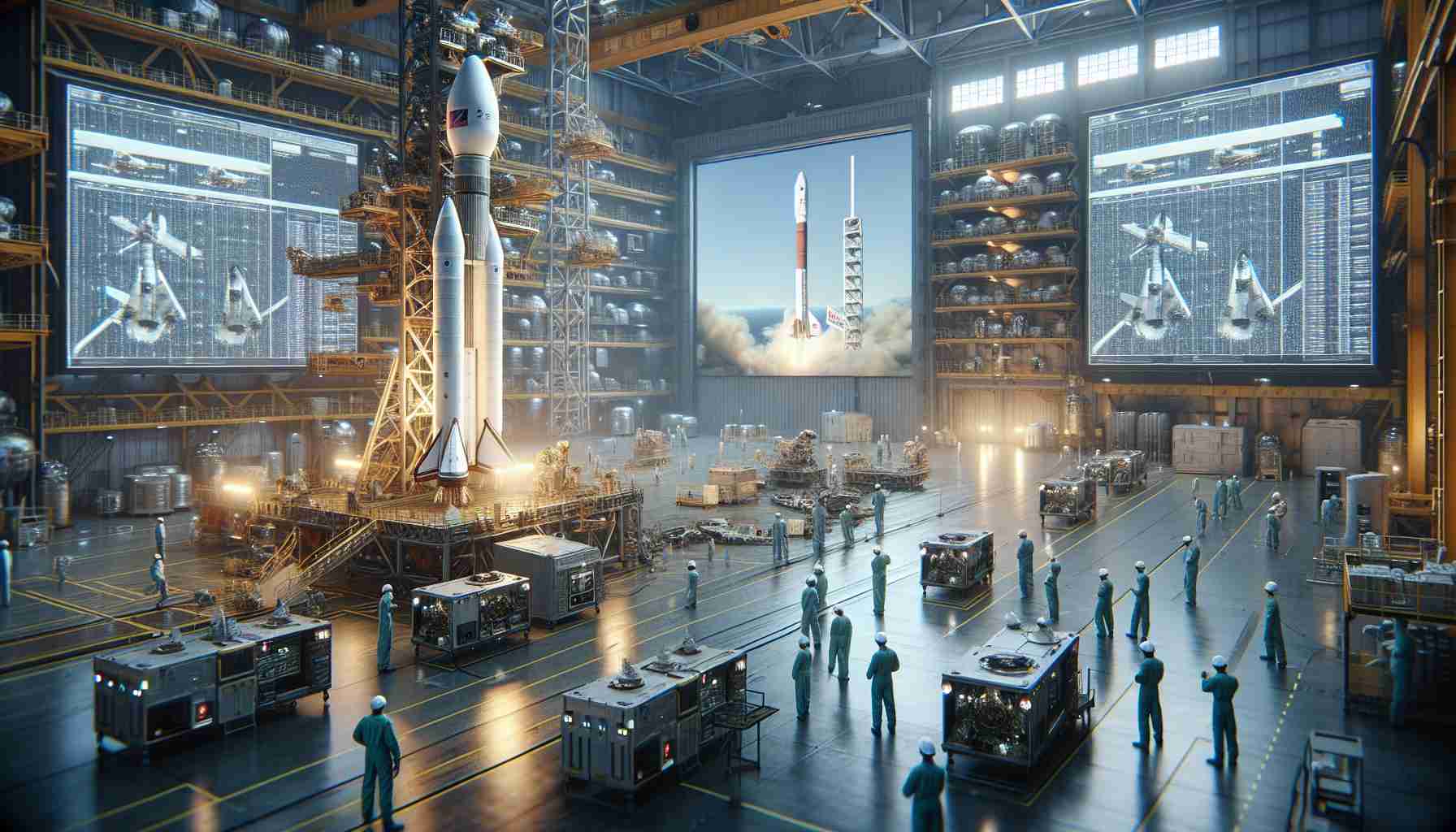
Elon Musk’s SpaceX is causing ripples in the European aerospace sector, according to comments from Airbus’s CEO at a recent gathering in Frankfurt. The aerospace industry leader pointed out that SpaceX’s innovative approach, particularly with its Falcon 9 rocket and the expansive Starlink satellite network, poses potential anti-trust issues should the company try to penetrate European markets.
With around 7,000 satellites already in orbit, SpaceX has revolutionized the launch industry by dramatically reducing costs through the use of reusable technology. In contrast, Europe’s Ariane 6, partially developed by Airbus, has yet to complete its inaugural commercial flight, reflecting significant delays.
The CEO of Airbus commended SpaceX’s accomplishments but highlighted the concentrated business model the American company employs, which differs greatly from Europe’s fragmented approach to aerospace projects. He emphasized that European regulatory frameworks, which mandate shared work among nations involved in space funding, stifle efficiency and innovation.
While Airbus is currently undergoing significant workforce reductions due to escalating financial challenges, the CEO warned that without embracing change in their launch and satellite strategies, Europe risks falling behind. He urged for adaptation in the industry, acknowledging that the landscape of satellite communications is being reshaped by the rapid growth of SpaceX, compelling European entities to reconsider their operational methods.
The European Space Industry Faces New Hurdles Amid SpaceX’s Rising Influence
As the European space sector contends with increasing competition from SpaceX, there are emerging challenges and considerations beyond those addressed by industry leaders in recent discussions. The European Space Agency (ESA) is tasked not only with maintaining competitiveness but also with adapting to rapidly evolving technologies and market expectations that could redefine the future of space exploration.
What are the key challenges facing the European space sector?
1. Funding and Resource Allocation: One of the most pressing issues is the disparity in funding compared to U.S. counterparts. According to ESA reports, the EU’s overall space budget is substantially lower than NASA’s. This affects the developmental capacity for new initiatives and the efficiency of existing projects.
2. Regulatory Hurdles: The existing regulatory frameworks within Europe can hinder swift decision-making processes. Unlike SpaceX, which benefits from a more centralized decision-making model, European projects often require consensus across multiple nations, which can lead to prolonged project timelines and inefficiencies.
3. Technological Gap: While European countries still excel in science and technology, there is growing concern about technological gaps in areas such as reusable rocket technology and satellite deployment capabilities. SpaceX’s advancements in reusability have set a new benchmark, compelling Europe to innovate rapidly or risk becoming obsolete.
How does SpaceX’s approach affect European strategies?
SpaceX has established a model of vertical integration that allows the company to control the majority of its supply chain. This contrasts starkly with Europe’s more collaborative but fragmented approach. As SpaceX sets competitive pricing and reduces launch costs, European stakeholders may need to reevaluate partnerships and streamline operations.
What are the advantages and disadvantages of the current European space model?
Advantages:
– Collaboration: The European model fosters collaboration among various nations, promoting shared knowledge and expertise. This has historically led to successful projects such as the Ariane rockets and the Galileo satellite navigation system.
– Diverse Perspectives: A multi-nation approach can lead to more innovative solutions, as various countries contribute unique insights and technologies.
Disadvantages:
– Inefficiency: The necessity for consensus can slow project development and execution, leading to delays in delivering new technologies and services.
– Higher Costs: The fragmented nature often results in higher operational costs, making it challenging to compete with lower-priced competitors.
What potential strategies could Europe employ to regain its footing in the space industry?
1. Increased Investment: Immediate and significant government investment in research and development can enhance technological capabilities and reduce the gap with U.S. companies.
2. Streamlining Regulatory Processes: Simplifying regulations to allow for faster decision-making may help projects advance more swiftly and efficiently.
3. Fostering Innovation Ecosystems: Establishing partnerships with private companies and startups could enhance innovation and allow for a more agile response to market demands.
Conclusion
As European space industry leaders grapple with these challenges, the overarching question remains whether they can adapt quickly enough to remain relevant in a space market increasingly dominated by SpaceX. Addressing funding, regulatory, and technological hurdles will be crucial in establishing Europe’s position in the future of space exploration.
For more insights into the evolution of aerospace industries, you can explore ESA and Airbus.



